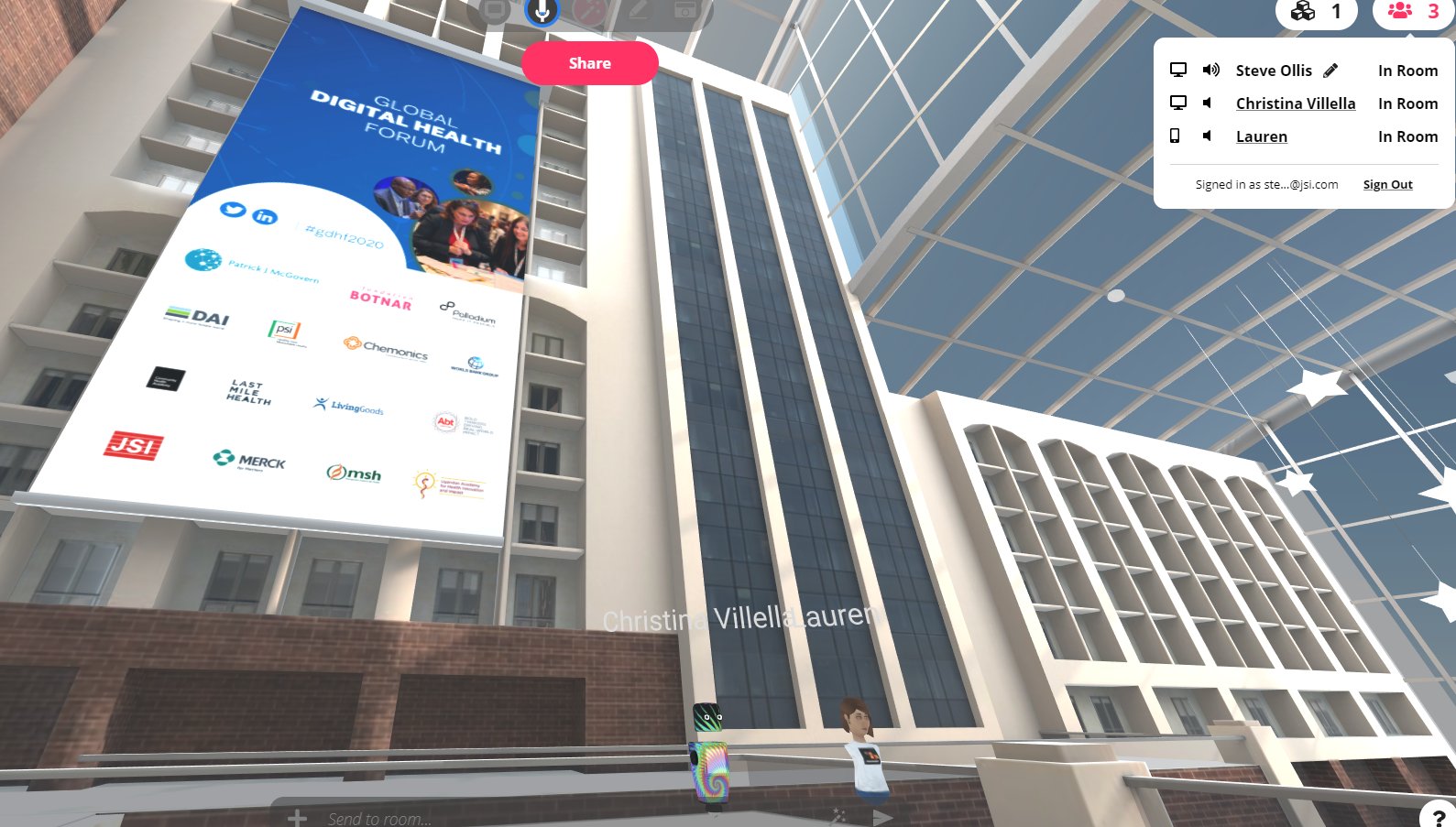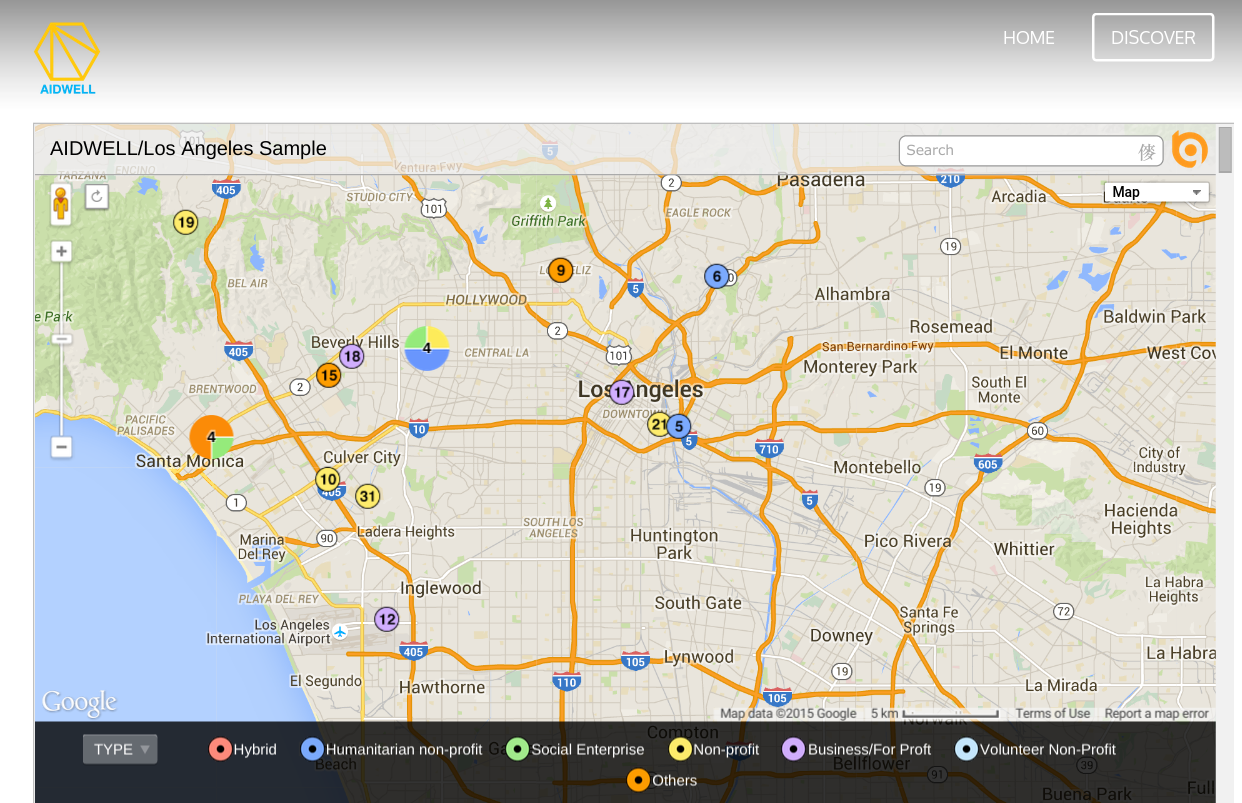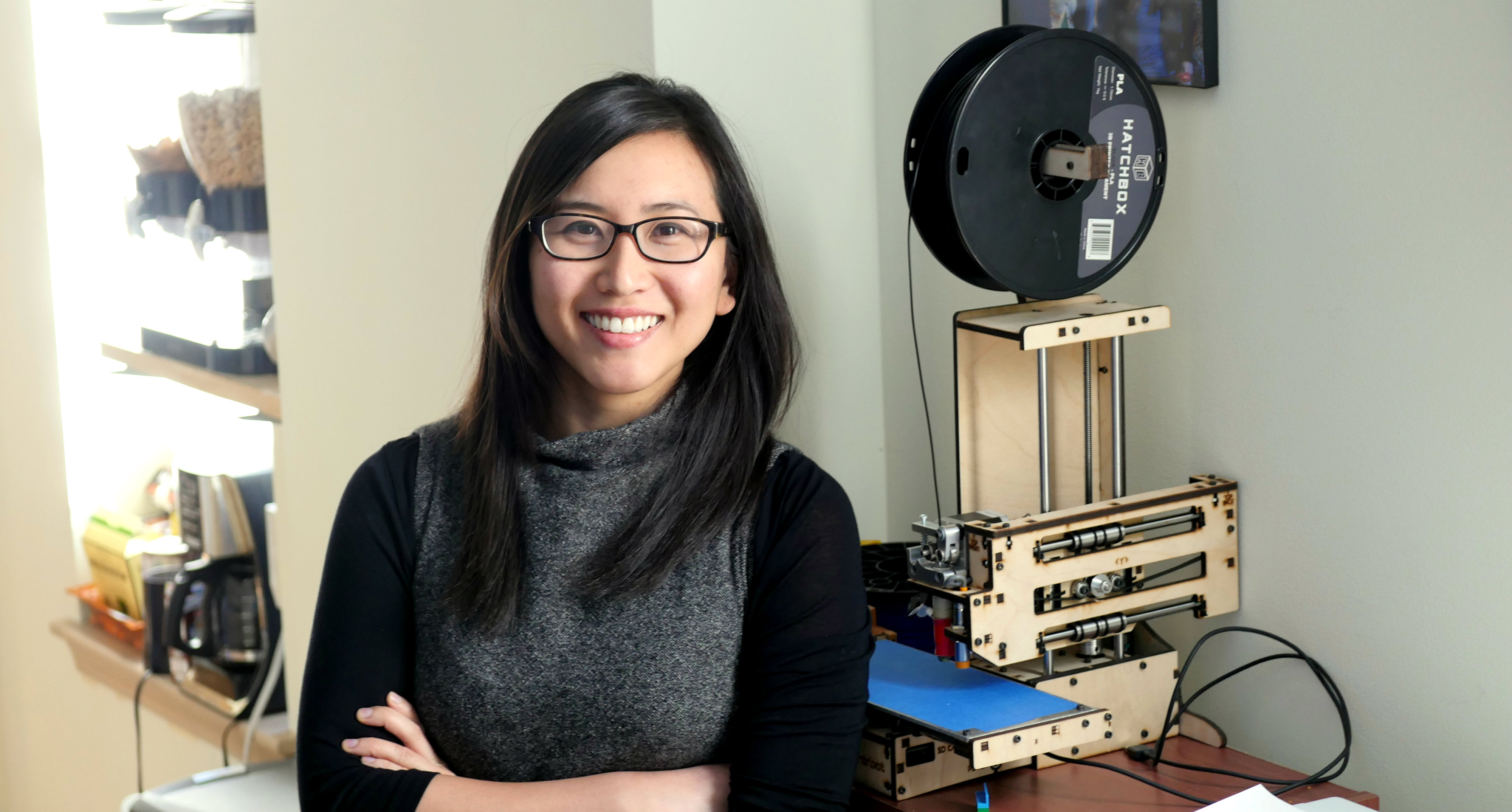September 2021 marks the 10-year anniversary of our first hybrid event. It’s also the 18-month anniversary of the last time TechChange was able to convene our community in person to learn from one another.
Until 2020, the stodgy in-person event industry has been protected by a scarcity of solutions (only so many conference centers) and a captive audience (you can’t easily attend another event). Online events were often intentionally neglected to drive attendees towards more lucrative, and superior, in-person experiences.
The COVID-19 pandemic changed all that. Not only were in-person events impossible, but expectations for online convening increased drastically as the months went on. By March 2020, it was no longer enough to release a pre-recorded video or hold a massive webinar; participants were expecting online events to recreate in-person participation. By May 2020, participants began demanding organic networking opportunities to unlock the real value of event attendance: driving business and career growth.
This created new demands on the TechChange team, as partners in our “edtech as a service” model looked for solutions. While this post draws from the Global Digital Health Forum, lessons shared could just as easily apply to the unique challenges of RightsCon, Global Digital Development Forum, UNESCO Global Education Monitoring, Africa Green Revolution Forum, Our Future Our Voices, Society for International Development-Washington, Women Leaders in Global Health, Global Health Practitioner Conference, and so many others.
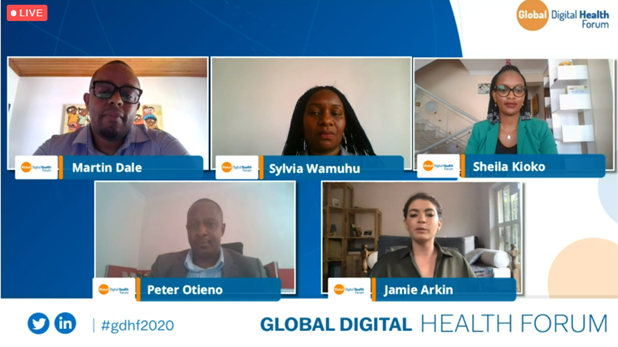
1. Production Value Matters for Plenaries
In competing for attention, there is no substitute for production value and seamless event execution. But it doesn’t just stop there. At a minimum, be prepared to figure out multiple audio streams for interpretation, live captioning, lower thirds, integrated videos, ASL/ISL, and transitions. But it’s worth it. The plenary events are consistently the highest attended across all events on the TechChange platform over the course of the last two years — and are consistently the most viewed archives of any event.
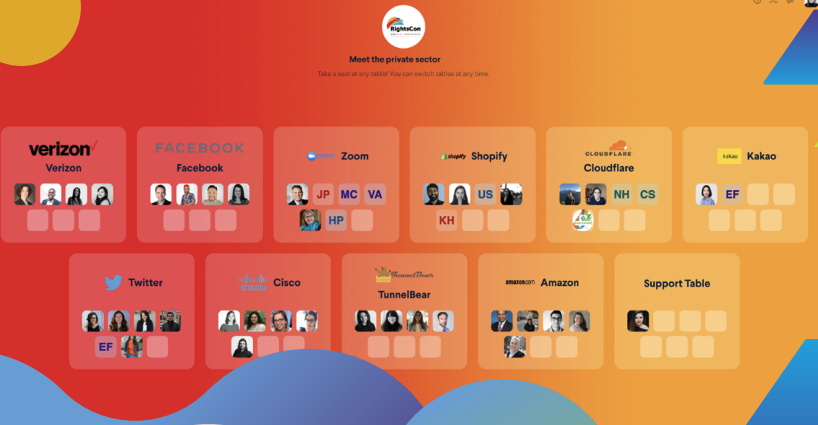
2. But Networking Is Still Best When Informal and Organic
Networking doesn’t require a fancy 3D world with location-based audio to recreate the hallway experience of a conference. Although, as we’ve seen for the Greater Giving Summit 2021 and Global Digital Development Forum (pictured in featured image), they can be highly effective and popular. For example, the integrated Social Hour sessions for RightsCon 2021 leveraged small-group tables that enabled informal networking to recreate the hallway experience — and according to the RightsCon Outcomes Report 2021 81% of surveyed participants who attended a Social Hour session rated them as Excellent or Good.
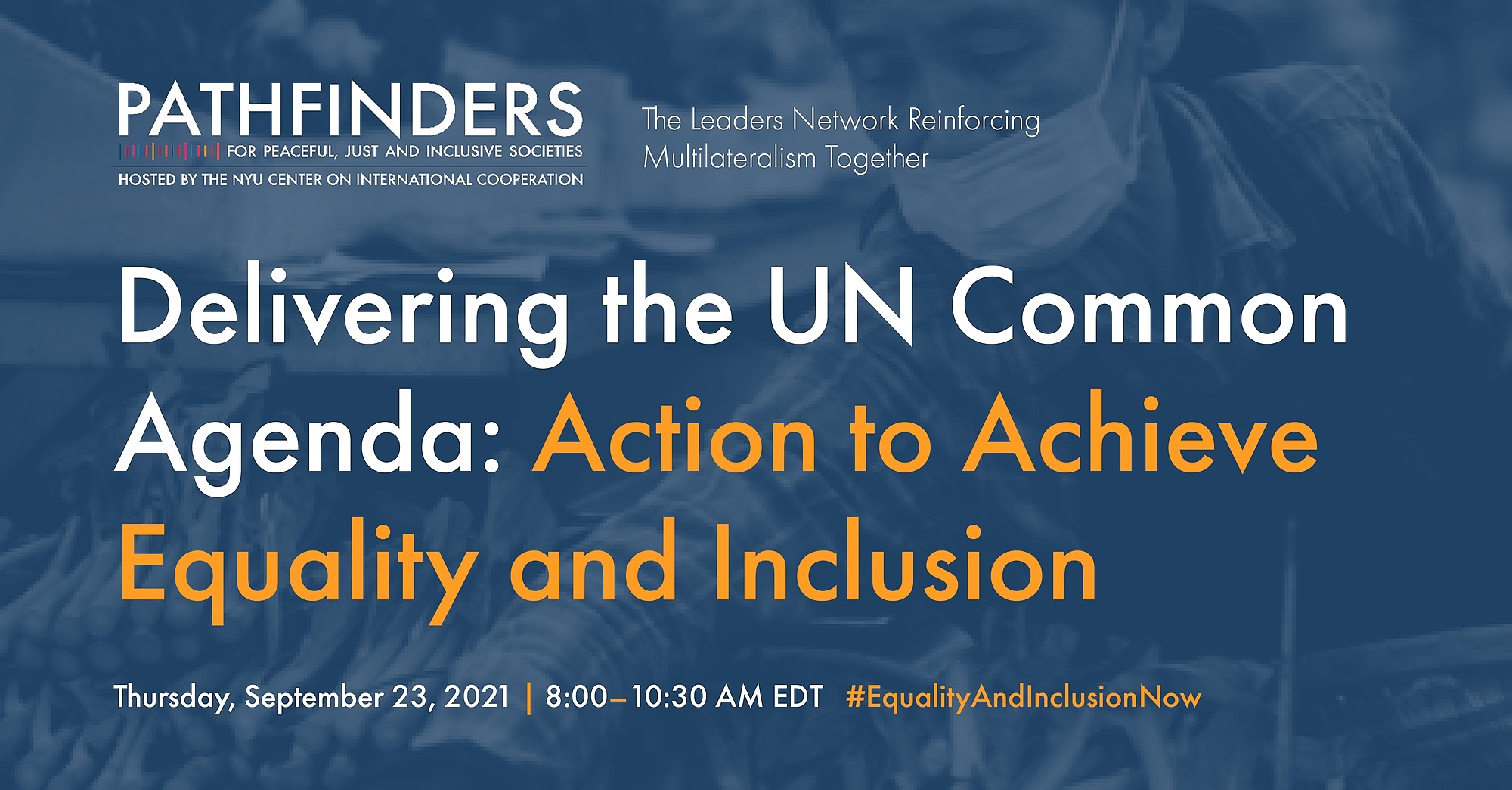
3. Partners are Seizing Opportunities for Accessibility and Inclusivity
The loss of a requirement to travel has opened up new opportunities for addressing accessibility and inclusivity in conference organizing — for both participation and convening. Most recently, this has included supporting the USAID-HBCU International Development Conference, the Action to Achieve Equality and Inclusion, and more. The shift to online convening has prompted many online conference partners to think through not just who is in the room, but also who is holding the mic and what is being discussed.

